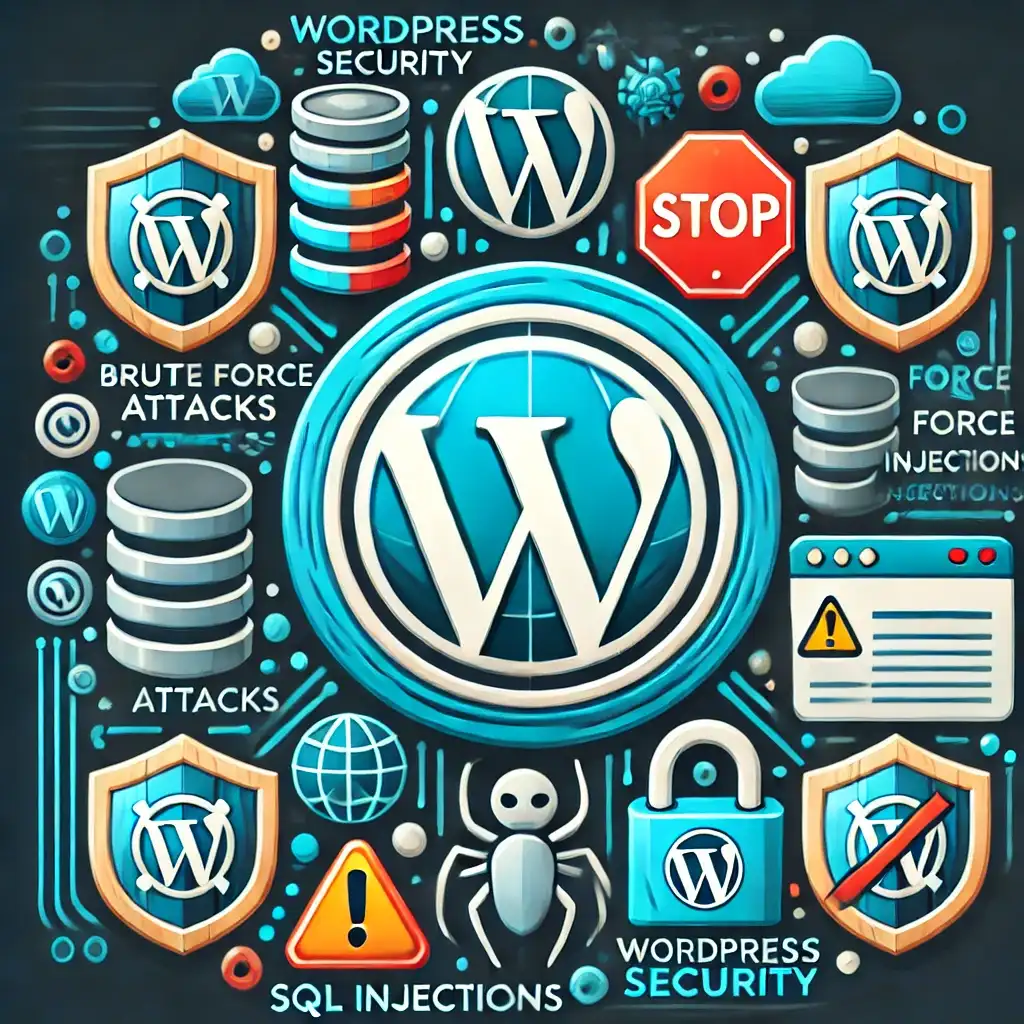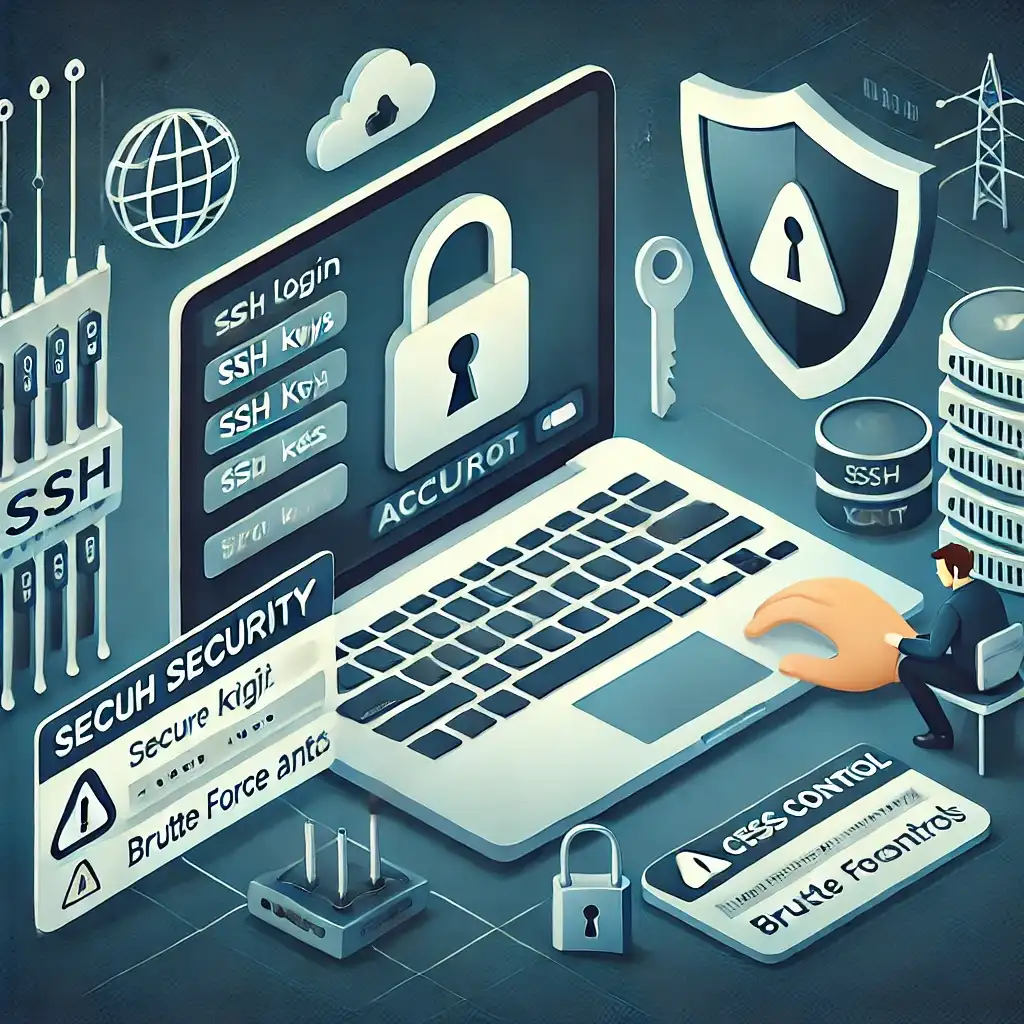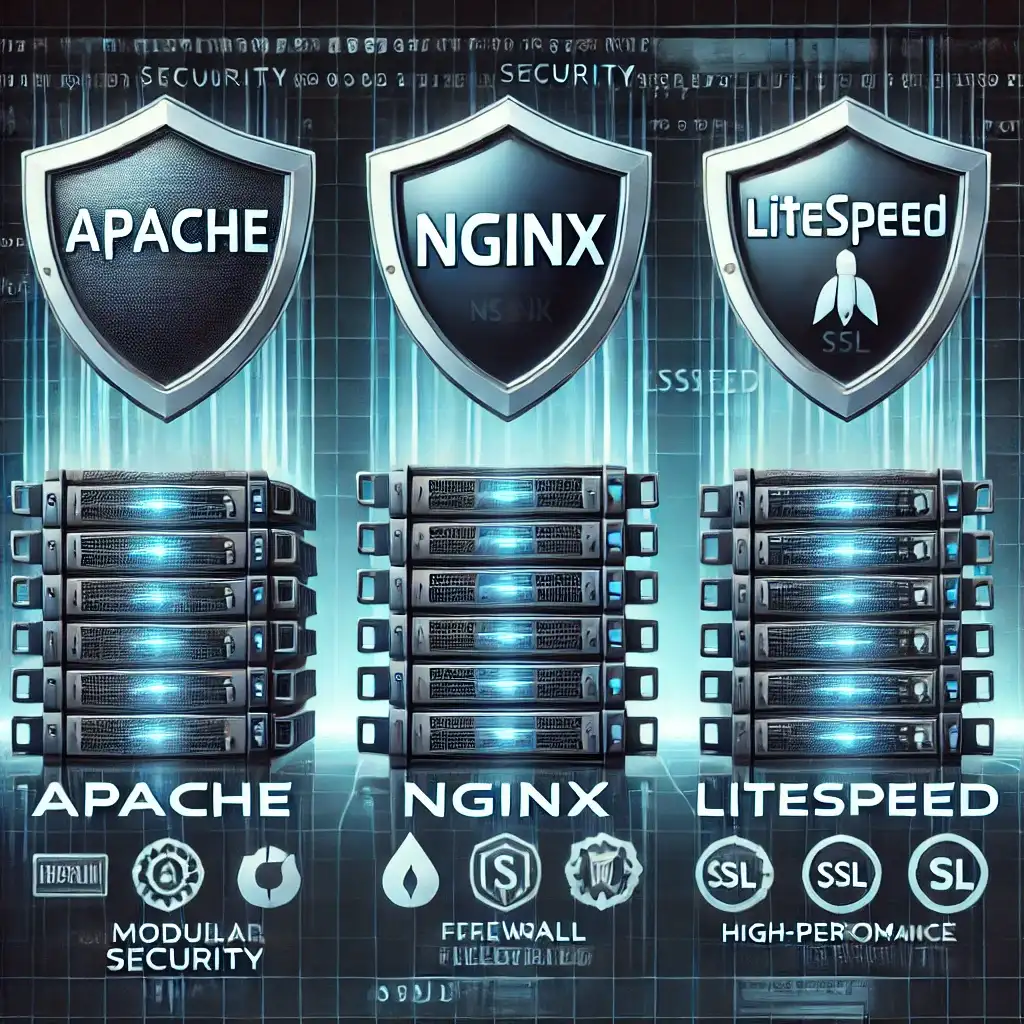
WordPress is one of the most widely used content management systems (CMS) in the world. However, its popularity also makes it a target for cyber attackers. In this article, I’ll cover common WordPress security vulnerabilities and the key precautions you should take. These may seem basic, but they are effective.
1️⃣ Common WordPress Security Vulnerabilities
📌 Brute Force Attacks:
- Attackers try to guess passwords to access the admin panel using trial-and-error methods.
📌 SQL Injection:
- Malicious SQL code is injected via unprotected input fields to compromise the database.
📌 XSS (Cross-Site Scripting) Attacks:
- Malicious JavaScript code is injected to target visitors.
📌 File Upload Vulnerabilities:
- Malicious files can be uploaded and used to take control of the server.
📌 Outdated WordPress, Plugins, and Themes:
- Older versions may contain known security vulnerabilities.
2️⃣ WordPress Security Measures
🔑 1. Strong Passwords and Login Protection
✔ Use complex passwords:
- Create strong passwords like
Y%8pM!x#zV7B.
✔ Change the login page URL:
- Use plugins like WPS Hide Login to customize your login URL instead of using
/wp-admin.
✔ Enable Two-Factor Authentication (2FA):
- Secure logins with plugins like Google Authenticator or Wordfence.
✔ Limit login attempts to prevent brute-force attacks:
add_filter( 'authenticate', function( $user, $username, $password ) {
if ( get_transient( 'login_attempts_' . $username ) >= 5 ) {
return new WP_Error( 'too_many_attempts', __( 'Too many login attempts. Please try again later.' ) );
}
return $user;
}, 30, 3 );🔒 2. WordPress and Plugin Updates
✔ Enable automatic updates:
add_filter( 'auto_update_plugin', '__return_true' );
add_filter( 'auto_update_theme', '__return_true' );✔ Regularly update plugins and themes.
- ✔ Remove unused plugins and themes.
🛡️ 3. Use a Web Application Firewall (WAF)
✔ Block malicious traffic using security plugins like Wordfence or Sucuri.
- ✔ Add extra protection with Cloudflare WAF.
📂 4. File Permissions and Secure Design
✔ Protect the wp-config.php file:
chmod 600 wp-config.php✔ Disable file editing from the admin panel:
define('DISALLOW_FILE_EDIT', true);✔ Restrict permissions:
chmod -R 755 wp-content🛑 5. Malware Scanning
✔ Regularly scan your site using plugins like Wordfence, Sucuri, or MalCare.
- ✔ Use Google Safe Browsing API to check if your site is blacklisted.
🌐 6. Use Secure HTTPS Connection
✔ Install a free SSL certificate using Let’s Encrypt:
sudo certbot --apache -d example.com✔ Force HTTPS with .htaccess:
RewriteEngine On
RewriteCond %{HTTPS} !=on
RewriteRule ^ https://%{HTTP_HOST}%{REQUEST_URI} [L,R=301]In Summary:
- ✔ Use strong passwords and enable 2FA.
- ✔ Keep plugins and themes updated regularly.
- ✔ Use a web application firewall (WAF).
- ✔ Secure file permissions.
- ✔ Use SSL certificates and enforce HTTPS.
Related Articles

Cybersecurity Basics: What You Need to Know







